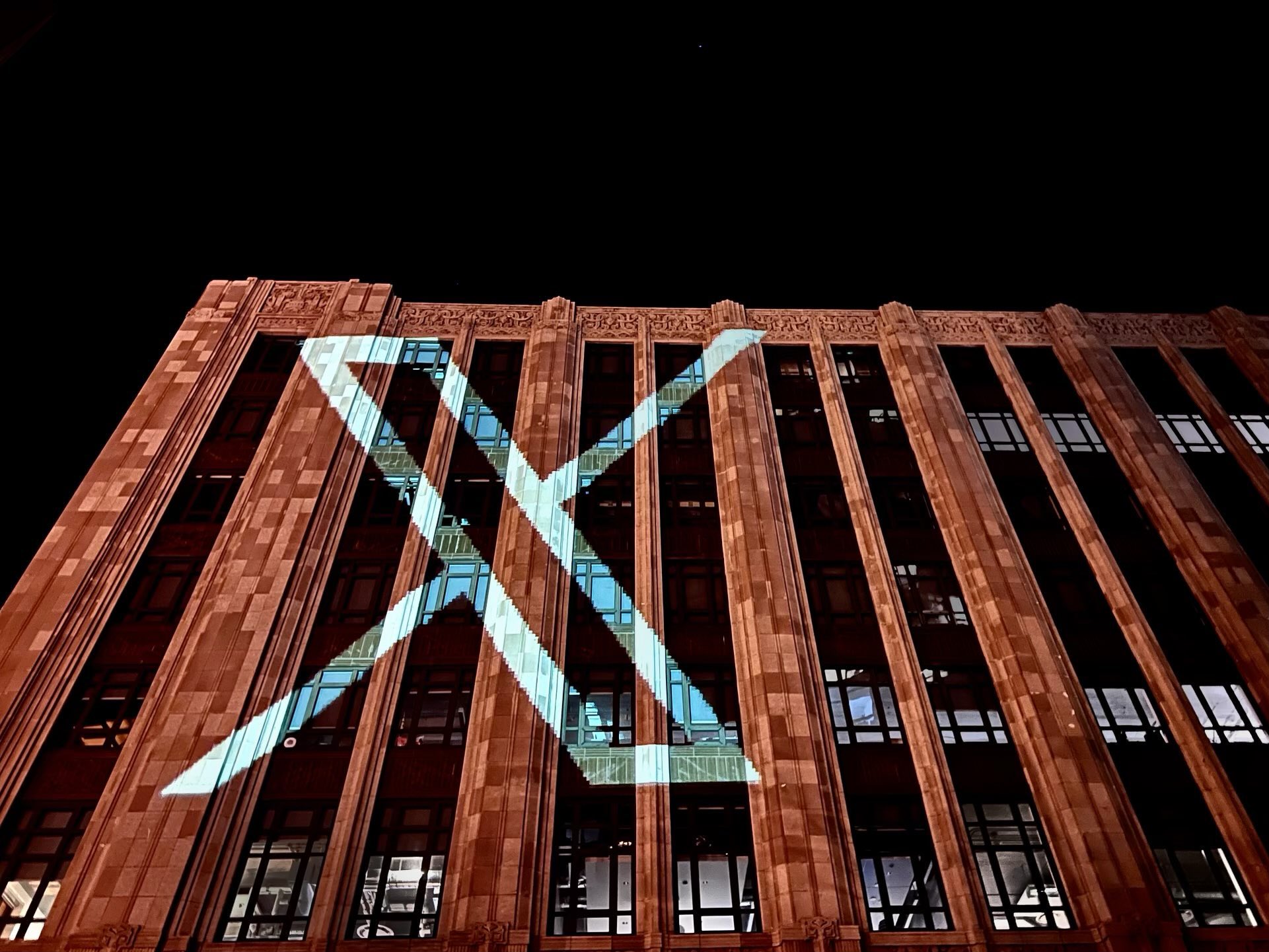The zero-emission vehicle mandate (ZEV), which supports government targets for all new cars and vans to be zero-emission by 2035, is now law.
The mandate sets out the percentage of new zero emission cars and vans that manufacturers will now be required to produce each year up to 2030. The government said that around 80 per cent of new cars and 70 per cent of vans will be zero-emission by 2030, increasing to 100 per cent by 2035.
The Department of Transport claims that the UK now has the “most ambitious” regulatory framework for the switch to electric vehicles of any country in the world.
The UK government previously delayed the ban on new diesel and petrol cars from 2030 to 2035 which puts it in line with other countries such as France, Germany, Sweden and Canada.
The government said the decision would allow drivers to make the switch to electric vehicles and to increase the required charging infrastructure.
“Alongside us having spent more than £2 billion in the transition to electric vehicles, our zero-emission vehicle mandate will further boost the economy and support manufacturers to safeguard skilled British jobs in the automotive industry,” said technology and decarbonisation minister Anthony Browne. “We are providing investment certainty for the charging sector to expand our charging network which has already grown by 44 per cent since this time last year. This will support the constantly growing number of EVs in the UK, which currently account for over 16 per cent of the new UK car market.”
Latest News
-
Universal Music Group partners with Nvidia to create antidote for 'AI slop’
-
East of England Co-op finalises test of digital shelf edge communication platform
-
Barclays makes strategic investment in Ubyx
-
XFusion hires Chinese investment bank in preparation for IPO
-
UK orders X to tackle Grok deepfake abuse as Ofcom steps in
-
Intel bets big on 18a with Panther Lake as rivals tout AI gains
The future-ready CFO: Driving strategic growth and innovation
This National Technology News webinar sponsored by Sage will explore how CFOs can leverage their unique blend of financial acumen, technological savvy, and strategic mindset to foster cross-functional collaboration and shape overall company direction. Attendees will gain insights into breaking down operational silos, aligning goals across departments like IT, operations, HR, and marketing, and utilising technology to enable real-time data sharing and visibility.
The corporate roadmap to payment excellence: Keeping pace with emerging trends to maximise growth opportunities
In today's rapidly evolving finance and accounting landscape, one of the biggest challenges organisations face is attracting and retaining top talent. As automation and AI revolutionise the profession, finance teams require new skillsets centred on analysis, collaboration, and strategic thinking to drive sustainable competitive advantage.
© 2019 Perspective Publishing Privacy & Cookies


.jpg)





Recent Stories